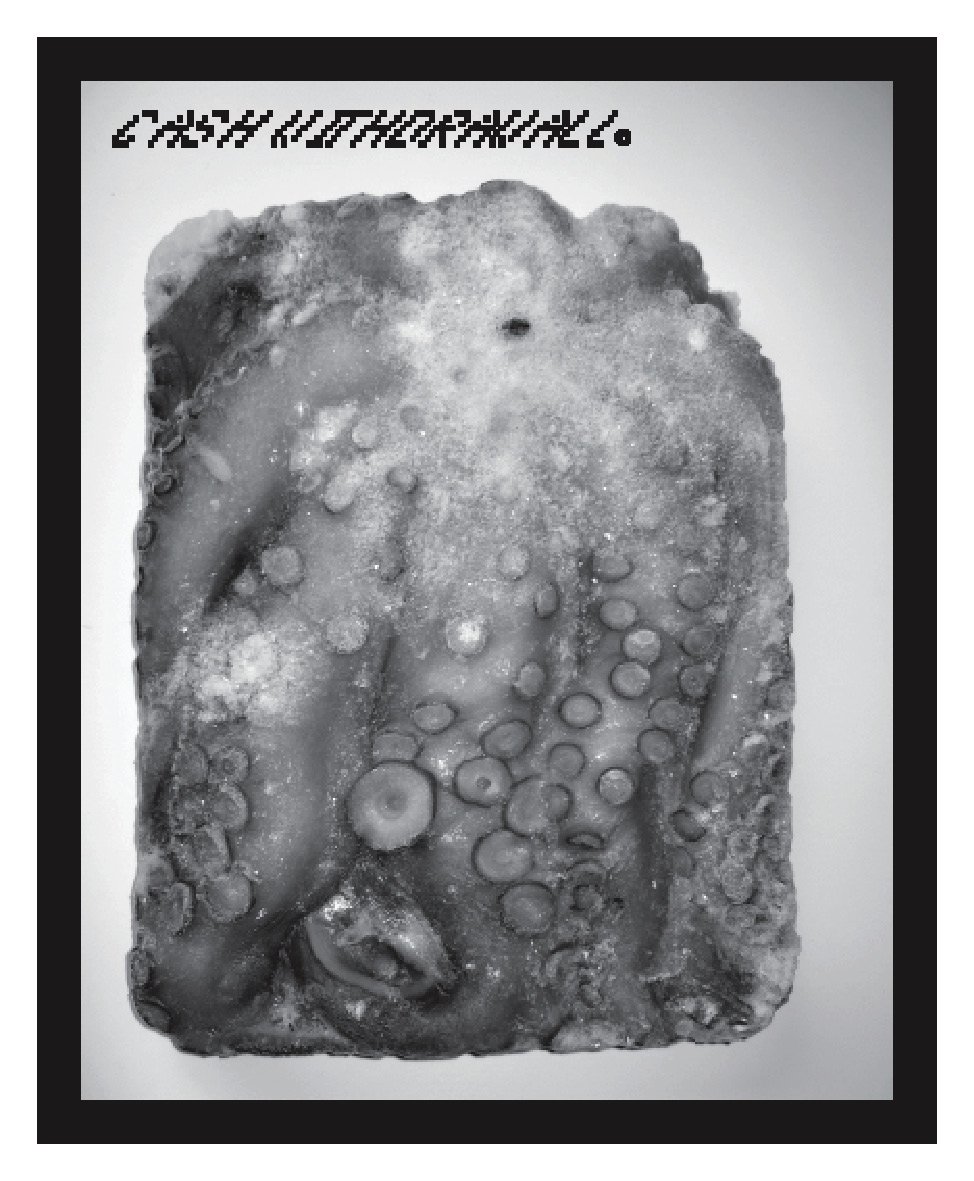À Chaud 47, hiver 2011
Europe fédérale vs apocalypse du capital Le scandale de l’endettement français : 2007-2011
Europe fédérale vs apocalypse du capital, par Querrien Anne
Trois éléments sont cruciaux pour évaluer l’onde de choc de la crise actuelle qui secoue l’Euro et les dettes des États européens (dites dettes souveraines). La crise des dettes souveraines n’est pas La crise finale La crise de la dette souveraine et le début de crise des parités entre les monnaies internationales (passées et futures) … Continuer la lecture de Europe fédérale vs apocalypse du capital →
Le scandale de l’endettement français : –, par Taddei Julia
Une règle : le silence est d’orLes crises grecque et irlandaise ont montré la fragilité des emprunts d’états face aux marchés financiers. Dans ce contexte, plus que jamais, l’attention est portée sur les niveaux, la structure, et la composition de la dette. La gestion française est catastrophique dans ces trois domaines, surtout quand on la … Continuer la lecture de Le scandale de l’endettement français : – →
Fumetti 47. Olivier Deprez & Adolpho Avril
Cahier bande dessinée contemporaine Olivier Deprez & Adolpho Avril
Entretiens, par Deprez Olivier
Ce numéro de « Fumetti » est consacré au travail en commun d’Olivier Deprez et Adolpho Avril. Olivier Deprez, né en Belgique en 1966, est un auteur fondateur du FRÉMOK et a publié, entre autre Le Château et Construction d’une ligne de TGV. Depuis deux ans il participe à une expérience de création en duo avec des … Continuer la lecture de Entretiens →
Hors-champ 47. La métamorphose du cercueil
Icônes 47. Exterritory Project
Exterritory Project, par Ruti Sela & Maayan Amir
Traduit de l’anglais par Caroline Soyez-Petithomme Dans le langage juridique, le terme «extraterritorialité» renvoie aux fondations des Relations Internationales. Bien que les premières concessions d’extraterritorialité remontent à l’Antiquité, le terme s’est forgé à la fin du XVIIIe siècle avec l’établissement du système moderne Européen d’État-nation et le changement de perception de la souveraineté qui est … Continuer la lecture de Exterritory Project →
Chères Ruti & Mayan, Chères Mayleen & Ruti, par Avranak Vit
Traduit de l’anglais par Anne Querrien Ce texte est adressé à vous deux. Même si, ou précisément parce que, l’idée attachée au destinataire d’un texte pourrait dans une certaine mesure conditionner son contenu. Dans le passé, même quand le texte relevait de la catégorie de la correspondance privée et était adressé à un individu particulier, … Continuer la lecture de Chères Ruti & Mayan, Chères Mayleen & Ruti →
Majeure 47. ONG, Monde, genre
ONG, monde, genre Le mur de Berlin a disparu, les dictatures tombent, la démocratie s’installe, les femmes se libèrent : les ONG pensent global et réalisent local, partout la norme occidentale s’installe, contredite par ses propres réalisations.
Les ONG, voix sociales mineures/entreprises capitalistes globales, par Hours Bernard
Dans le triangle libéral État, marché, société civile, les ONG sont présumées être la voix de la société civile. Leur parole se présente comme un message de progrès et d’émancipation. Pourtant, elles sont singulièrement absentes de la plupart des mouvements politiques récents, en Tunisie, au Yémen, en Syrie. En outre, dans plusieurs situations de conflits … Continuer la lecture de Les ONG, voix sociales mineures/entreprises capitalistes globales →
Mineure 47. Prométhée contre Areva
Le feu donné par Prométhée ne se résume pas à l’énergie et au travail. Sa nouvelle libération éclate en hybridations littéraires, artistiques, philosophiques, hors mesure.
Démesures, par Neyrat Frédéric
Notre temps souffrirait d’un déficit de mesure. Ce diagnostic est partagé par de nombreux penseurs et militants qui voient dans le déchaînement de la technique les causes de nos malheurs. Faudrait-il, comme le proposait Hans Jonas dans Le Principe Responsabilité (1979), réenchaîner Prométhée ? Prométhée le mythique voleur de feu, coupable – via Pandora – de la … Continuer la lecture de Démesures →






